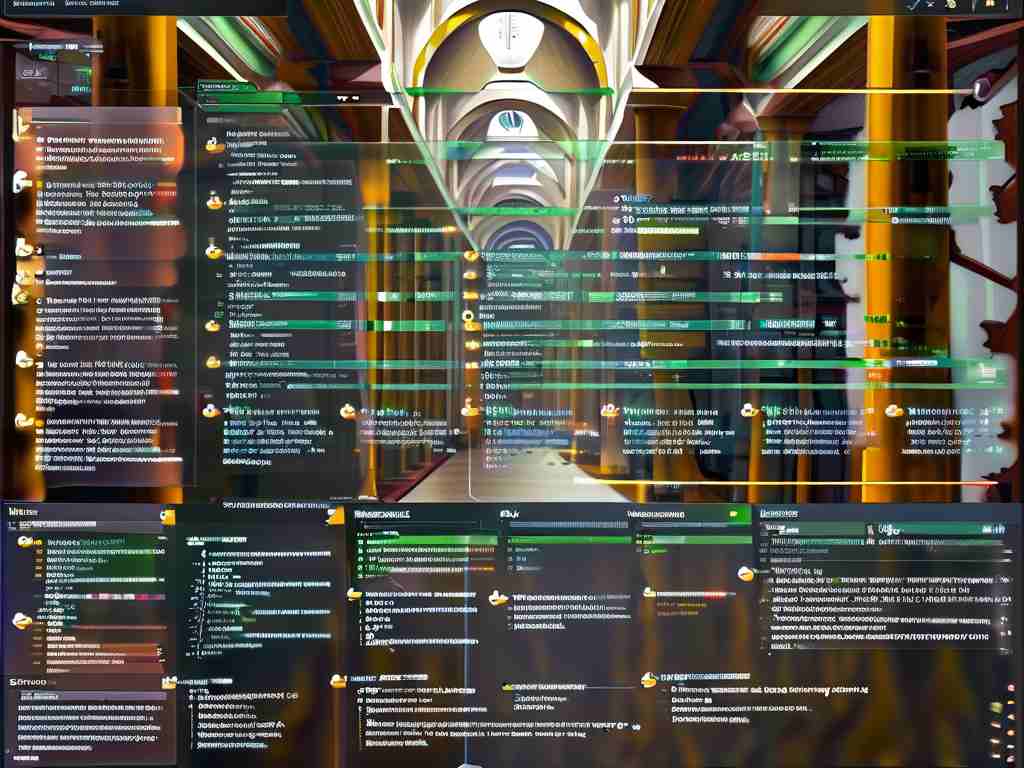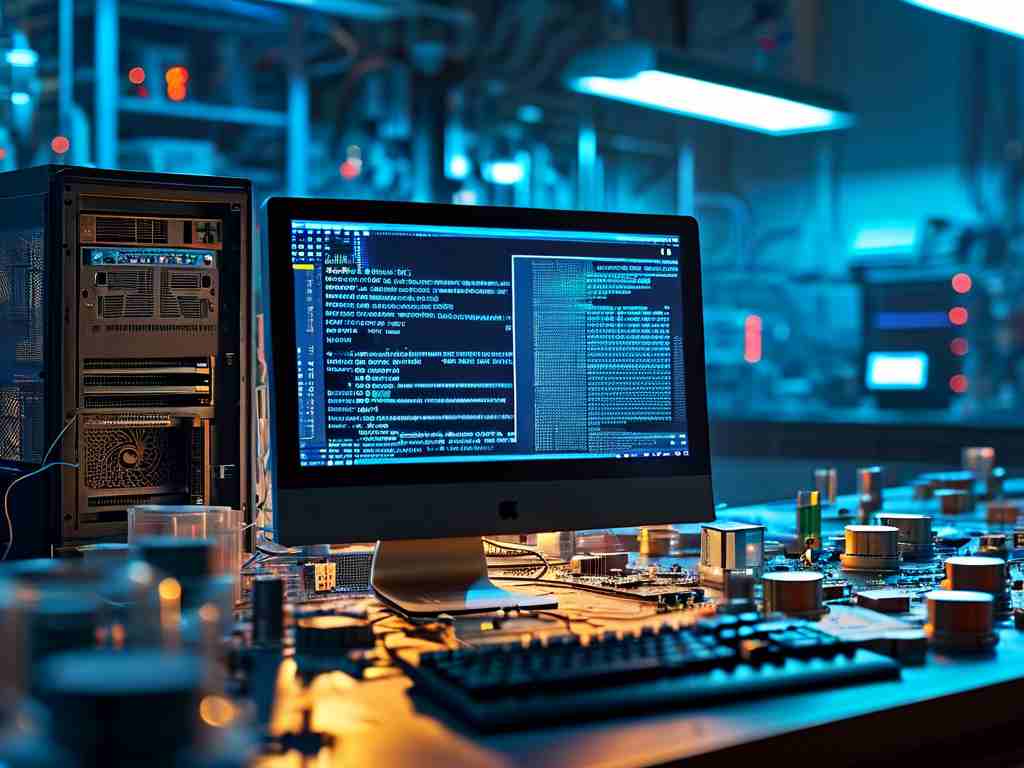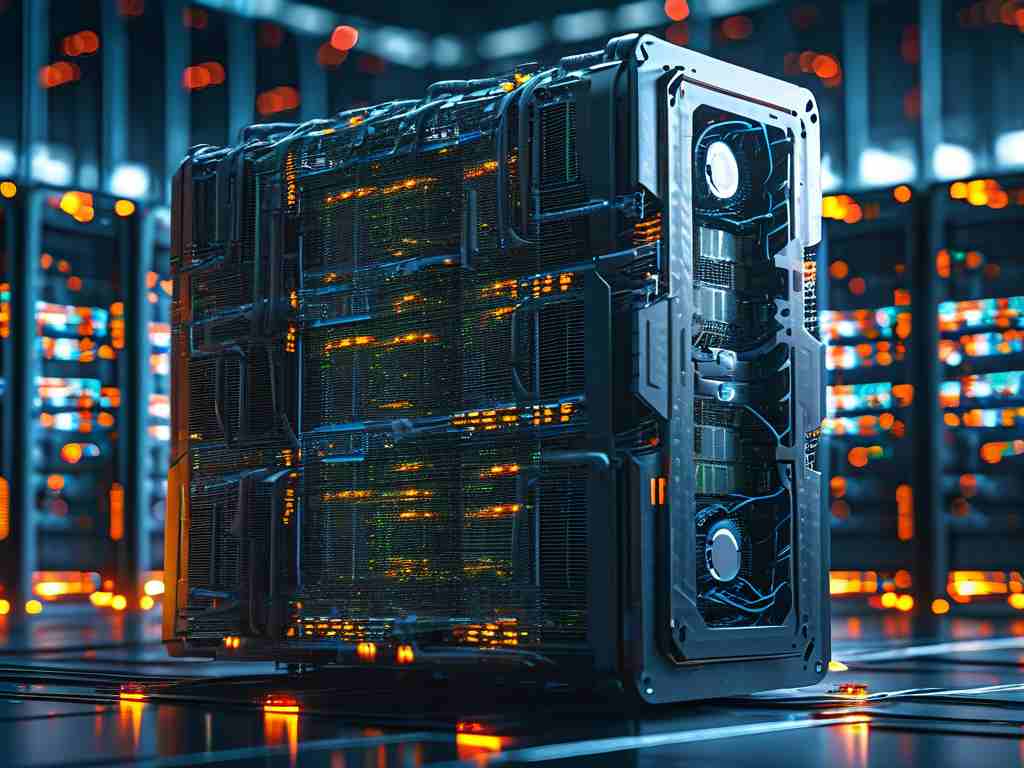In the rapidly evolving landscape of smartphone technology, efficient memory management has become a cornerstone of delivering seamless user experiences. Huawei, a global leader in telecommunications and consumer electronics, has consistently pushed the boundaries of innovation, and its proprietary memory management software stands as a testament to this commitment. This article explores Huawei's groundbreaking approach to memory optimization, its technical underpinnings, and the transformative impact it has on device performance and longevity.

The Importance of Memory Management in Modern Devices
Modern smartphones are expected to handle multitasking, high-resolution media, and resource-intensive applications simultaneously. However, limited physical memory (RAM) and inefficient software algorithms often lead to performance bottlenecks, such as app reloads, lag, and reduced battery life. Effective memory management ensures that devices allocate resources intelligently, prioritize active tasks, and maintain smooth operation even under heavy workloads. Huawei recognized these challenges early and developed a software-driven solution to address them holistically.
Huawei's Memory Management: Core Technologies
Huawei's memory management software, integrated into its EMUI (Emotion UI) operating system, leverages a combination of AI-driven algorithms, dynamic resource allocation, and advanced compression techniques. Key features include:
-
Intelligent Task Scheduling: Using machine learning, the software analyzes user behavior to predict which apps will be used frequently. It allocates memory proactively to keep these apps "warm," reducing launch times and preventing unnecessary background process kills.
-
Ultra Memory Compression (UMC): Huawei's proprietary compression algorithm reduces the footprint of inactive apps in RAM by up to 70%. Unlike traditional methods that swap data to slower storage, UMC retains compressed data in RAM, enabling faster reactivation.
-
Priority-Based Resource Allocation: The software categorizes apps into tiers based on usage patterns (e.g., gaming, productivity, or communication). High-priority apps receive guaranteed memory reserves, while low-priority tasks are optimized or paused to free up resources.
-
Cross-Process Optimization: Huawei's software minimizes redundant processes across apps. For example, if multiple apps request location data simultaneously, the system consolidates these requests into a single operation, reducing memory and battery consumption.
Performance Gains and User Benefits
Independent tests and user feedback highlight significant improvements in devices powered by Huawei's memory management software:
- Multitasking Efficiency: Devices can maintain up to 20% more apps in memory compared to competitors, drastically reducing app reload times.
- Battery Life Extension: By minimizing background resource consumption, battery drain is reduced by approximately 15% during typical usage.
- Long-Term Stability: Even after months of use, devices exhibit minimal performance degradation, a common issue in Android ecosystems due to memory fragmentation.
Comparison with Industry Alternatives
While Android and iOS employ their own memory management strategies, Huawei's approach stands out in three areas:
- Proactive vs. Reactive: Most systems reactively clear memory when limits are reached. Huawei's predictive model anticipates needs, offering a smoother experience.
- Hardware-Software Synergy: Huawei's software is tightly integrated with its Kirin chipsets, enabling hardware-level optimizations unavailable to third-party solutions.
- Customization for Diverse Markets: The software adapts to regional app ecosystems-for instance, prioritizing messaging apps in Asia or social media tools in Europe.
Challenges and Future Directions
Despite its success, Huawei faces challenges. U.S. sanctions have limited access to cutting-edge semiconductor technology, forcing the company to innovate within hardware constraints. Additionally, as apps grow more complex, memory demands will escalate. Huawei's R&D team is reportedly exploring:
- AI-Powered Memory Defragmentation: Dynamically reorganizing RAM to prevent fragmentation.
- Collaborative Edge Computing: Offloading memory-intensive tasks to nearby devices in IoT networks.
- Quantum Computing Readiness: Developing memory architectures compatible with future quantum algorithms.
Huawei's memory management software exemplifies how software innovation can extract extraordinary performance from existing hardware. By combining AI, efficient algorithms, and deep system integration, Huawei not only enhances device capabilities but also sets new benchmarks for the industry. As smartphones evolve into multifunctional hubs for work, entertainment, and connectivity, such advancements will remain critical to delivering the flawless experiences users demand. In a world where every millisecond and milliwatt counts, Huawei's software-centric philosophy positions it at the forefront of the global tech race.









